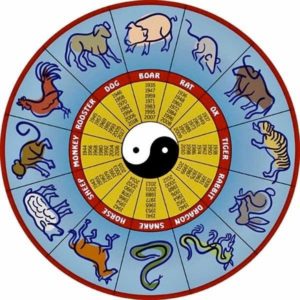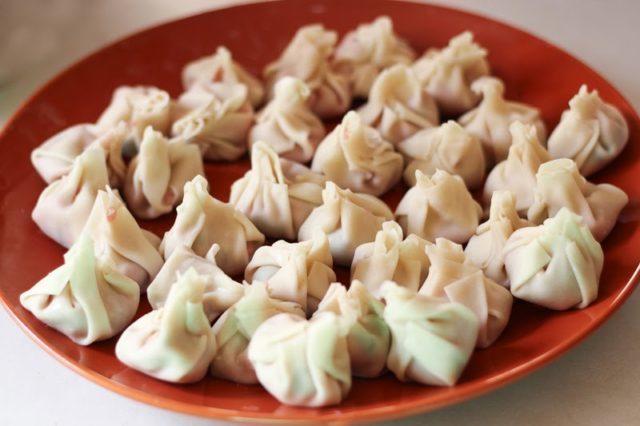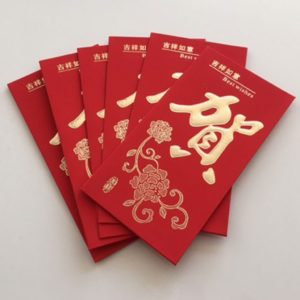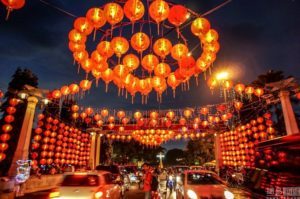Millions of Chinese from around the world will return to their homeland this Friday, February 16th. Today, no matter where they are, for the Chinese, China is the place to be. Why is there such a rush to get to their ancestral land? They want to participate in one of their most important celebrations: The Chinese New Year 2018 (Year of the Dog).

Part of one of the most emblematic Chinese traditions, the celebration marks the arrival of spring, the end of a cycle of life, and the beginning of another. Last year, 2017, was the Year of the Red Rooster of Fire.
To usher in the New Year, all Chinese have their fireworks and their red envelopes of good luck ready. They symbolize prosperity, abundance, and luck during 2018 as well as a wish to begin this new milestone with their energies totally renewed.
The Chinese Zodiac is divided into 12-year cycles represented by animals that, according to legend, participated in the race to attend the banquet organized by the “Jade Emperor”. The cat and the rat decided to form a team and participate together. However, halfway there they came across a river that they did not know how to cross; that is, none of them knew how to swim.

The ox, which also participated in the race, offered to help them and both rode on their backs. When they crossed the river, the rat pushed the cat into the water. The ox, half deaf, did not hear the cries for help from the animal. Then, when they reached the shore, the rat ran and reached the finish line in the 1st place. The ox followed, and later came the tiger, the rabbit, the dragon, the snake, the horse, the goat, the monkey, the rooster, the dog, and the pig. That is why, according to the fable, the cat hates water and always try to chase the mouse.
On this special day, Chinese traditionally serve a big dinner. There is no shortage of pork and fish, as well as of the traditional dumplings to signify abundance and good luck. They also visit the temples on the 1st day of the new year to ask, above all, for the abundance of money. They do it while chanting the classic blessing “Gong xi fa cai“, which means “I wish you get a lot of money”. Additionally, they give away red envelopes (known as “Hongbao”) among children and other relatives. These envelopes are full of tickets.

It is indeed a most important Chinese holiday. This explains the millions of people who travel to celebrate the Lunar New Year with their respective relatives.

In Costa Rica, the Chinese community has their own celebrations. One of them will take place on Saturday, February 17th, in San Jose’s Barrio Chino (China Town) from 10 a.m. through 4 p.m. There will be a Chinese gastronomy festival where assistants will also be able to see the famous Chinese New Year’s Dragon Dance and the Lion Dance to attract good luck and prosperity.
On the other hand, the general public will enjoy live traditional music and martial arts demonstrations, among other activities, that also includes Costa Rican gastronomy with the idea of celebrating the cultural exchange.

“The celebration of the Chinese New Year is one of the most important for the Chinese people. This celebration in China lasts for as much as 15 days. Here, in Costa Rica, we have promoted the idea of having one day where the Barrio Chino fills with people that want to share and celebrate our joy”, explained Franklin Wang, a representative from Cathay Bank, the responsible spokesperson for that activity.
The Chinese community in Costa Rica is also celebrating 162 years of presence in this country, where they share their ancient traditions and unique culture.
